Bibcode
Arnaudova, M. I.; Das, S.; Smith, D. J. B.; Hardcastle, M. J.; Hatch, N.; Trager, S. C.; Smith, R. J.; Drake, A. B.; McGarry, J. C.; Shenoy, S.; Stott, J. P.; Knapen, J. H.; Hess, K. M.; Duncan, K. J.; Gloudemans, A.; Best, P. N.; García-Benito, R.; Kondapally, R.; Balcells, M.; Couto, G. S.; Abrams, D. C.; Aguado, D.; Aguerri, J. A. L.; Barrena, R.; Benn, C. R.; Bensby, T.; Berlanas, S. R.; Bettoni, D.; Cano-Infantes, D.; Carrera, R.; Concepción, P. J.; Dalton, G. B.; D'Ago, G.; Dee, K.; Domínguez-Palmero, L.; Drew, J. E.; Escott, E. L.; Fariña, C.; Fossati, M.; Fumagalli, M.; Gafton, E.; Gribbin, F. J.; Hughes, S.; Iovino, A.; Jin, S.; Lewis, I. J.; Longhetti, M.; Méndez-Abreu, J.; Mercurio, A.; Molaeinezhad, A.; Molinari, E.; Monguió, M.; Murphy, D. N. A.; Picó, S.; Pieri, M. M.; Ridings, A. W.; Romero-Gómez, M.; Schallig, E.; Shimwell, T. W.; Skvarč, J.; Stuik, R.; Vallenari, A.; van der Hulst, J. M.; Walton, N. A.; Worley, C. C.
Bibliographical reference
Monthly Notices of the Royal Astronomical Society
Advertised on:
12
2024
Citations
0
Refereed citations
0
Description
We present a detailed study of the large-scale shock front in Stephan's Quintet, a by-product of past and ongoing interactions. Using integral-field spectroscopy from the new William Herschel Telescope Enhanced Area Velocity Explorer (WEAVE), recent 144 MHz observations from the LOFAR Two-metre Sky Survey, and archival data from the Very Large Array and JWST, we obtain new measurements of key shock properties and determine its impact on the system. Harnessing the WEAVE large integral field unit's field of view (90 $\times$ 78 arcsec$^{2}$), spectral resolution ($R\sim 2500$), and continuous wavelength coverage across the optical band, we perform robust emission-line modelling and dynamically locate the shock within the multiphase intergalactic medium with higher precision than previously possible. The shocking of the cold gas phase is hypersonic, and comparisons with shock models show that it can readily account for the observed emission-line ratios. In contrast, we demonstrate that the shock is relatively weak in the hot plasma visible in X-rays (with Mach number of $\mathcal {M}\sim 2\!-\!4$), making it inefficient at producing the relativistic particles needed to explain the observed synchrotron emission. Instead, we propose that it has led to an adiabatic compression of the medium, which has increased the radio luminosity 10-fold. Comparison of the Balmer line-derived extinction map with the molecular gas and hot dust observed with JWST suggests that pre-existing dust may have survived the collision, allowing the condensation of H$_2$ - a key channel for dissipating the shock energy.
Related projects
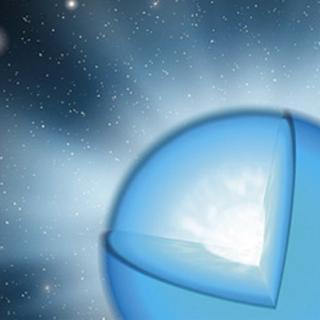
Physical properties and evolution of Massive Stars
This project aims at the searching, observation and analysis of massive stars in nearby galaxies to provide a solid empirical ground to understand their physical properties as a function of those key parameters that gobern their evolution (i.e. mass, spin, metallicity, mass loss, and binary interaction). Massive stars are central objects to
Sergio
Simón Díaz
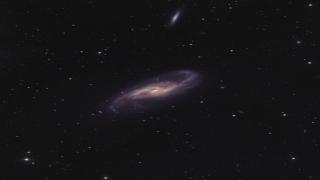
Spiral Galaxies: Evolution and Consequences
Our small group is well known and respected internationally for our innovative and important work on various aspects of the structure and evolution of nearby spiral galaxies. We primarily use observations at various wavelengths, exploiting synergies that allow us to answer the most pertinent questions relating to what the main properties of
Johan Hendrik
Knapen Koelstra
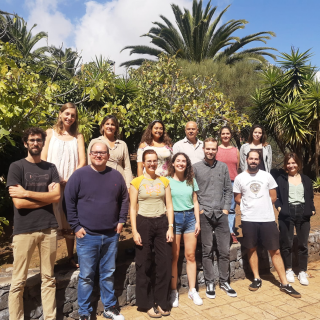
Traces of Galaxy Formation: Stellar populations, Dynamics and Morphology
We are a large, diverse, and very active research group aiming to provide a comprehensive picture for the formation of galaxies in the Universe. Rooted in detailed stellar population analysis, we are constantly exploring and developing new tools and ideas to understand how galaxies came to be what we now observe.
Ignacio
Martín Navarro
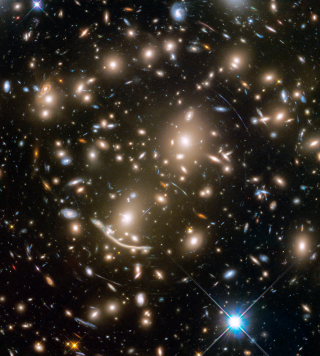
Galaxy Evolution in Clusters of Galaxies
Galaxies in the universe can be located in different environments, some of them are isolated or in low density regions and they are usually called field galaxies. The others can be located in galaxy associations, going from loose groups to clusters or even superclusters of galaxies. One of the foremost challenges of the modern Astrophysics is to
Jairo
Méndez Abreu
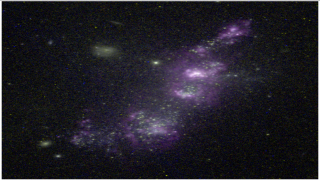
Starbursts in Galaxies GEFE
Starsbursts play a key role in the cosmic evolution of galaxies, and thus in the star formation (SF) history of the universe, the production of metals, and the feedback coupling galaxies with the cosmic web. Extreme SF conditions prevail early on during the formation of the first stars and galaxies, therefore, the starburst phenomenon constitutes a
Casiana
Muñoz Tuñón